Table of Contents
Dealing with frizzy hair can feel like a daily battle. You spend time styling, only for humidity or a slight breeze to turn your carefully crafted look into a halo of frizz. It's frustrating, to say the least. Maybe you've tried every product on the market, from serums to masks, with varying degrees of success. But what if the secret isn't just in the products you use, but in the cut itself? Enter the butterfly cut, a layered style that's been fluttering all over social media. People swear by it for adding volume and movement, but can thebutterfly cut for frizzy hairactually make a difference? Does strategically placed layers help tame the chaos instead of adding to it? This article dives into why this popular haircut might be the game-changer your frizzy mane needs. We'll break down exactly what a butterfly cut is, how its unique layering technique can work wonders on frizz, and share practical tips for styling and maintaining your new look. Get ready to explore if this viral sensation is the answer to smoother, more manageable hair.
What exactly is a butterfly cut and why does it matter for frizz?
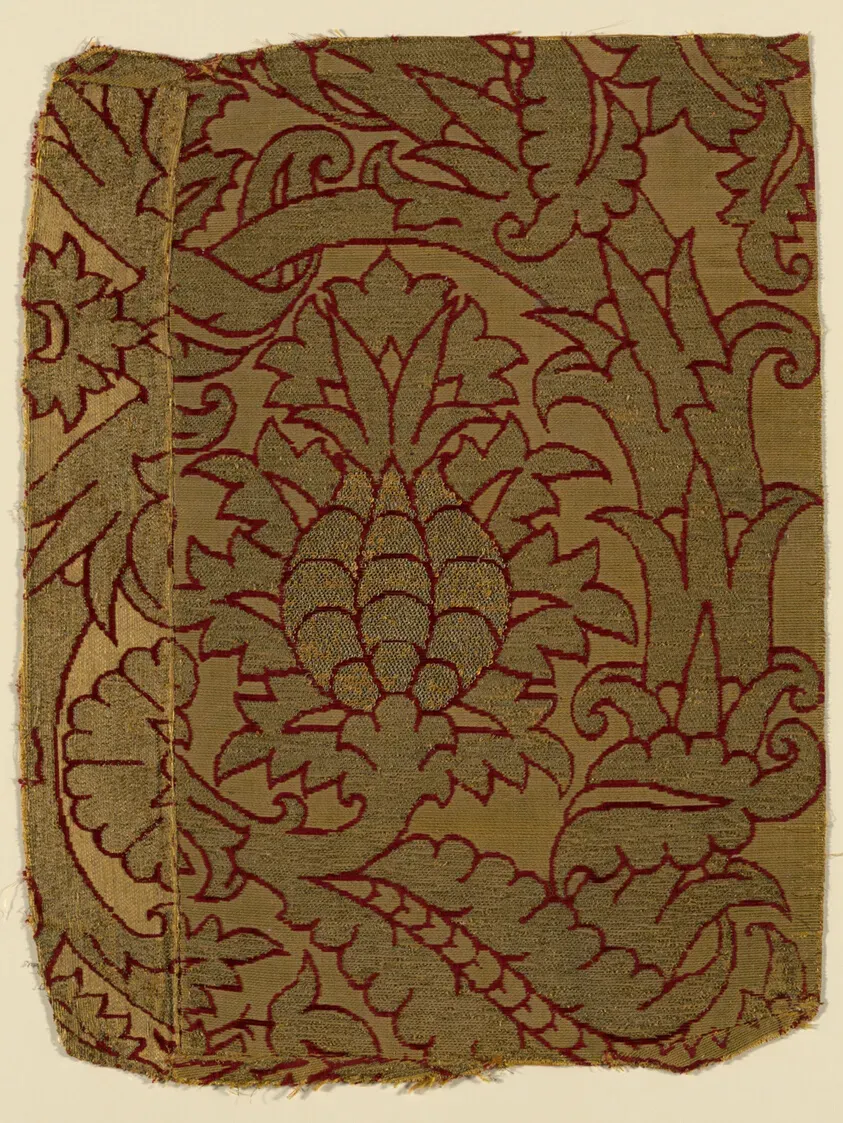
What exactly is a butterfly cut and why does it matter for frizz?
Layers That Mimic Wings: Understanding the Butterfly Cut
Let's talk about the butterfly cut. Forget those blunt, heavy layers that can sometimes make frizzy hair look even wider. This cut is different. Think of it as two haircuts in one, cleverly blended together. It uses shorter layers around the face, often hitting somewhere between the chin and collarbone, and longer layers throughout the rest of the hair. The idea is that these shorter face-framing pieces can be styled forward, almost like bangs or shorter layers, giving the illusion of a shorter cut without sacrificing length in the back. When you pull the hair back, those shorter pieces fall out, creating that layered, 'butterfly wing' effect around your face. It's all about strategic placement to add volume where you want it and remove bulk where you don't.
Beyond the Trend: How Layering Impacts Frizz
Now, why does this specific layering matter for frizz? Frizzy hair often comes with a few common culprits: dryness, damage, and uneven weight distribution. Heavy, blunt cuts can weigh down hair, making frizz more apparent, especially at the ends. They can also make it harder for natural waves or curls within frizzy hair to form properly. The butterfly cut tackles this by removing weight through those internal layers. This allows the hair to move more freely and encourages texture to clump together rather than stand out individually as frizz. It's not a magic wand that eliminates frizz entirely, but it creates a shape that works *with* your hair's natural tendencies, rather than fighting against them. The goal is to make styling easier and the frizz less...aggressive.
- Traditional Layers: Often cut straight across or with minimal shaping.
- Graduated Layers: Shorter at the top, getting longer towards the bottom.
- Face-Framing Layers: Shorter pieces concentrated around the face.
- Butterfly Cut Layers: A combination of distinct short face-framing layers and longer internal layers, blended for versatility.
Weight, Movement, and Taming the Frizz
The key benefit of the butterfly cut for frizzy hair lies in how it manages weight. By taking out bulk through those longer, internal layers, you reduce the overall density that can sometimes contribute to frizz looking heavy and unmanageable. The shorter face-framing pieces add lift and shape around the face, drawing attention there instead of to the overall volume of frizz. This strategic layering allows for better air circulation and faster drying times, which can also help reduce frizz caused by manipulating wet hair for too long. It gives your hair a chance to breathe and encourages natural movement and texture, making the frizz look more like intentional volume or wave rather than just... chaos.
How the butterfly cut tames the beast: Layers vs. Frizz
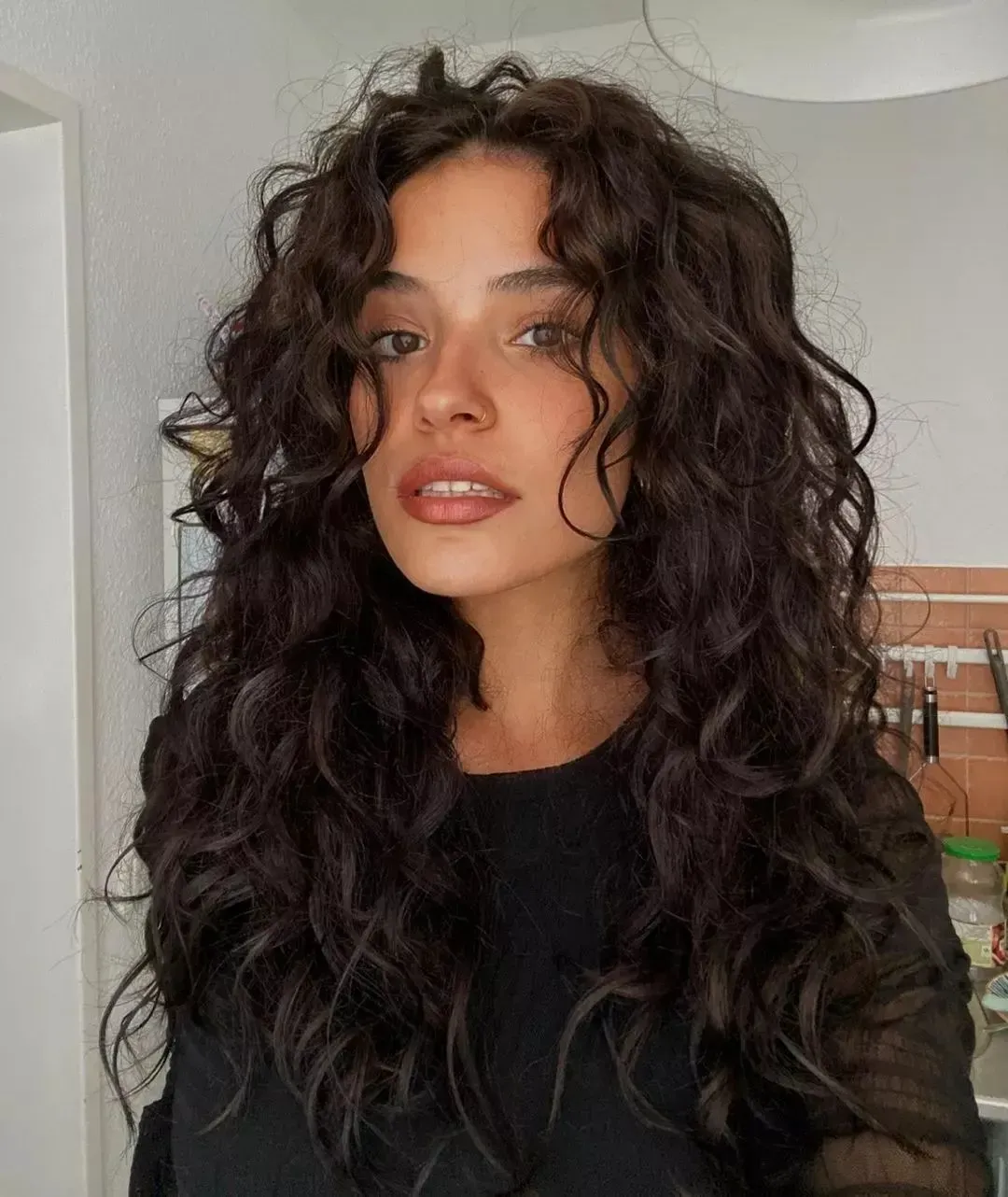
How the butterfly cut tames the beast: Layers vs. Frizz
Cutting Weight, Gaining Control
Frizz often thrives where hair is heavy and lacks definition. Imagine a dense bush – individual leaves struggle to stand out. Similarly, thick or dense hair, when cut blunt, can become a solid block where every errant strand contributes to the overall frizz cloud. The butterfly cut disrupts this by strategically removing weight through internal layers. This isn't about thinning the hair into oblivion, but rather creating space within the structure. By taking out bulk, the hair feels lighter, allowing natural waves and curls to form more cohesively. This reduction in weight is the first step in demonstratingHow the butterfly cut tames the beast: Layers vs. Frizz, making the hair less prone to puffing out at the slightest hint of humidity.
Face-Framing Finesse: Directing the Eye
Those shorter face-framing layers aren't just for show; they serve a functional purpose, especially with frizzy textures. They create a focal point around your face, adding intentional shape and volume where you want it. This cleverly draws attention away from potential frizz further down or at the crown. Think of it as strategic camouflage. These layers can also be easier to style smooth or enhance with minimal product, giving you a polished element even if the rest of your hair retains some natural texture (or frizz). It's about managing the overall silhouette and making the frizz look less like an accident and more like part of the plan.
- Weight reduction through internal layers improves hair movement.
- Face-framing layers add intentional shape and draw focus.
- Strategic layering encourages natural texture formation.
- Reduced bulk can lead to faster drying times, minimizing frizz.
- The cut works *with* your hair's texture, not against it.
Simplified Styling, Less Struggle
One of the hidden benefits of the butterfly cut for frizzy hair is how it can simplify your styling routine. With less weight to battle, drying time can decrease. Less time spent rough-drying or applying excessive heat often means less frizz induced by manipulation. The distinct layers also provide built-in shape, meaning you might need fewer passes with a straightening iron or curling wand. For those who embrace their natural texture, the layers help curls and waves spring up more easily. It’s not a miracle cure that lets you air dry perfectly every time (let's be real, frizz happens), but it certainly stacks the odds in your favor for a smoother, more predictable outcome.
Styling Your Butterfly Cut for Frizzy Hair: Tips and Tricks
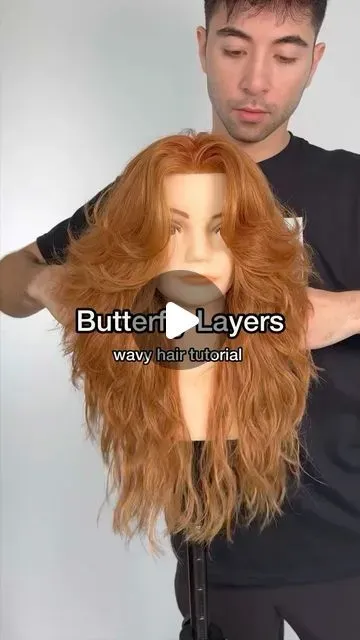
Styling Your Butterfly Cut for Frizzy Hair: Tips and Tricks
Towel Time Tactics and Product Power Plays
you've got the cut. Now comes the part that can make or break the look, especially with frizz: the drying and product application. You wouldn't rough up a delicate silk scarf, right? Treat your damp, frizzy hair with the same respect. Ditch the terrycloth towel; it's basically sandpaper for your cuticles. Grab a microfiber towel or even an old cotton t-shirt. Gently squeeze the water out, don't rub like you're trying to start a fire. This single step can significantly reduce frizz before you even think about styling products. Next, layering is your friend. Apply a leave-in conditioner or detangler first to provide moisture and slip. Follow up with a frizz-fighting serum or cream, focusing on the mid-lengths and ends where frizz tends to party hardest. If you plan to blow-dry, a heat protectant is non-negotiable. Think of these products as your anti-frizz armor, preparing yourbutterfly cut for frizzy hairfor battle against humidity.
Blow-Dry Brilliance and Tool Techniques
Now for the heat. If you're blow-drying, aim the nozzle down the hair shaft to smooth the cuticle. A diffuser is your best friend if you want to encourage natural waves or curls within your frizzy texture; it disperses the air gently, preventing that wind-tunnel effect that causes frizz. For those face-framing layers, a round brush can help create that signature bounce. Section your hair and work from bottom to top. When you get to those shorter pieces, use the brush to curl them either under or away from your face. If you're using a curling iron or straightener (always on dry hair, please!), take smaller sections and glide the tool through smoothly and quickly. Don't dwell on one spot; that just invites damage and, you guessed it, more frizz. MasteringStyling Your Butterfly Cut for Frizzy Hair: Tips and Tricksinvolves patience and the right tools.
- Always use a microfiber towel or cotton tee to dry hair gently.
- Apply leave-in conditioner and frizz serum to damp hair.
- Use a heat protectant before any heat styling.
- Blow-dry with a nozzle pointed down the hair shaft or use a diffuser.
- Use a round brush on face-framing layers for bounce.
- Style with curling irons or straighteners on dry hair only, using quick, smooth passes.
Keeping Your Butterfly Cut Looking Fresh: Product Picks for Frizz Control
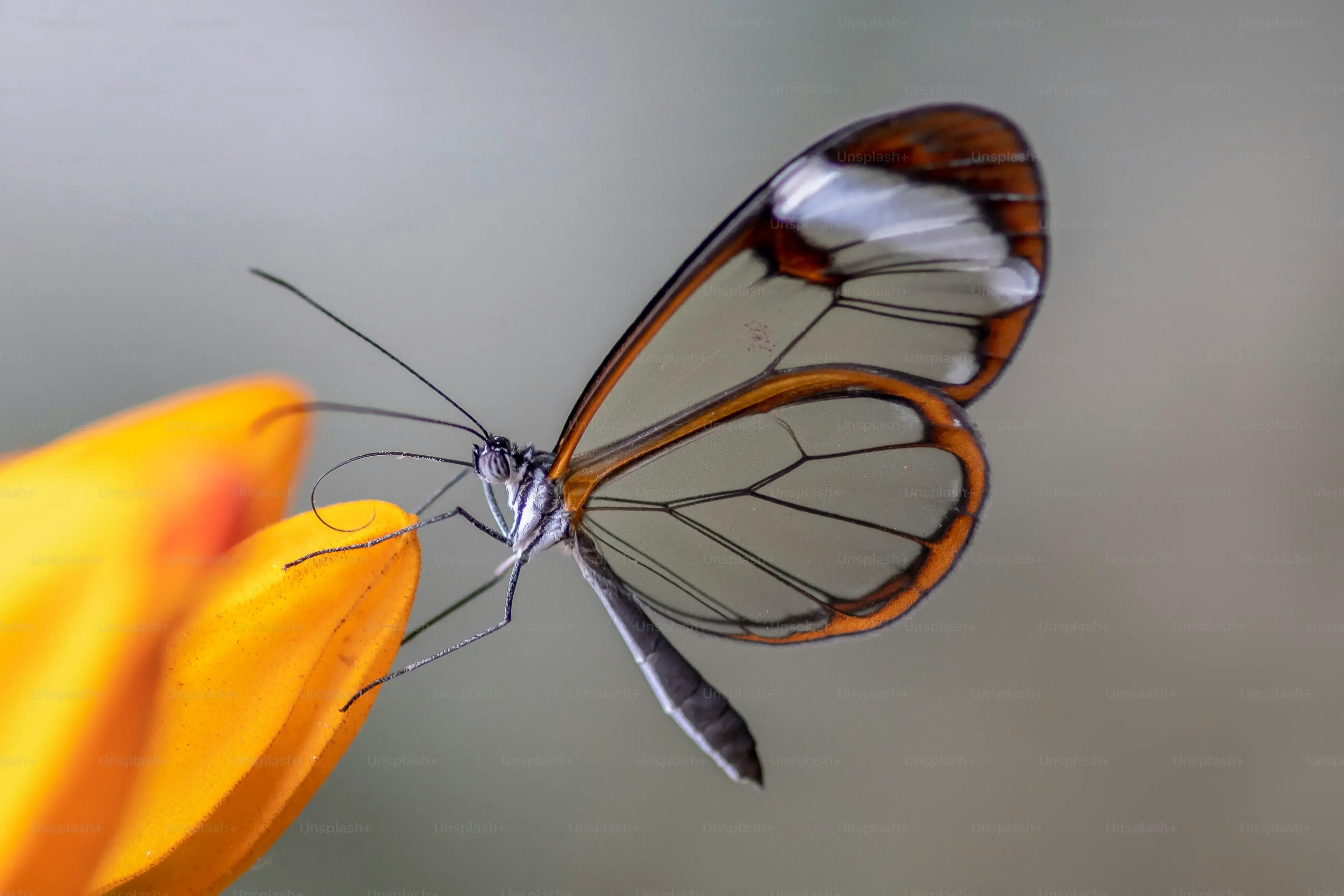
Keeping Your Butterfly Cut Looking Fresh: Product Picks for Frizz Control
Your Product Arsenal for Frizz Control
so you've got the snazzy newbutterfly cut for frizzy hair. The layers are doing their thing, lifting and shaping. But let's be honest, a great cut only gets you halfway there, especially when humidity decides to personally attack your hair. Keeping that butterfly magic alive requires the right product lineup. Think of your bathroom cabinet as a strategic arsenal against the forces of frizz. You need products that hydrate without weighing things down, smooth the cuticle, and offer some defense against moisture in the air. It's not about piling on a ton of stuff; it's about using the *right* stuff in the right order.
First up, moisture is non-negotiable. Frizz often screams "I'm thirsty!" So, a good leave-in conditioner is foundational. Look for one that's lightweight but packed with hydrators like glycerin or hyaluronic acid. Apply this to damp hair before anything else. It helps detangle and provides that initial layer of moisture. Following that, you need something to smooth the hair's surface. This is where serums and oils come in. A silicone-based serum can provide a great barrier against humidity and add shine, while a lightweight oil (like argan or jojoba) can nourish and add softness without making your hair look greasy. Apply these from the mid-lengths down, avoiding the roots unless your scalp is also excessively dry.
- Lightweight Leave-in Conditioner: Essential for hydration and detangling on damp hair.
- Frizz-Fighting Serum or Oil: Smooths the cuticle and provides a humidity barrier.
- Styling Cream or Balm: Can help define layers and add control for specific styles.
- Humidity Shield Spray: For touch-ups and extra protection on damp or dry hair.
- Deep Conditioning Mask: Use weekly or bi-weekly for intense moisture replenishment.
Is the butterfly cut for frizzy hair right for you?
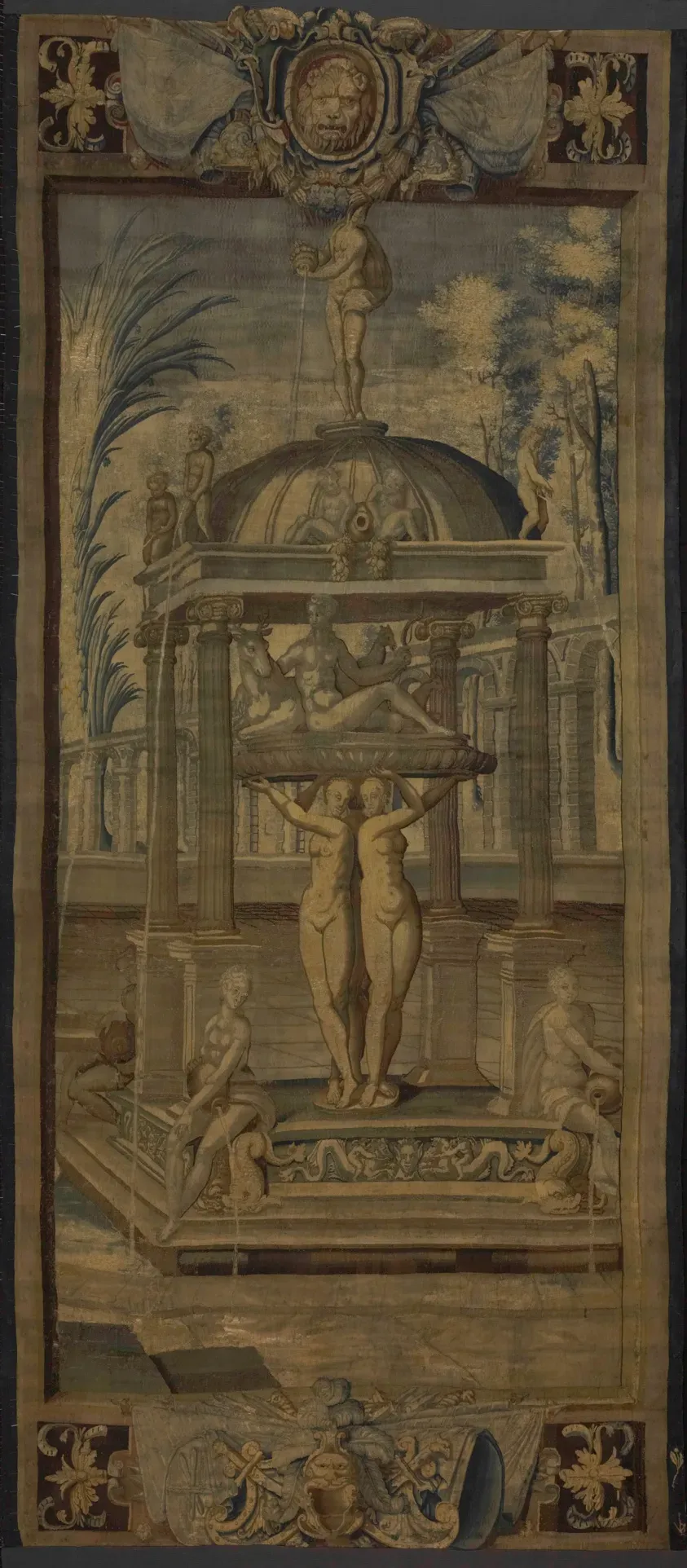
Is the butterfly cut for frizzy hair right for you?
Considering Your Hair's Personality
So, you've read about the layers, the weight removal, and the styling potential. Now you're probably wondering,Is the butterfly cut for frizzy hair right for you?The short answer is: maybe. It's not a universal cure-all, because let's face it, frizzy hair has many personalities. Is your frizz caused by fine, easily overwhelmed strands? Or is it thick, dense hair that puffs up like a cloud? The butterfly cut generally works wonders on medium to thick hair densities by removing that bulk that contributes to excessive frizz. If your hair is very fine, too many layers, even internal ones, could potentially make it look thinner or stringy rather than voluminous. The goal is lift and shape, not sparseness. Also, consider your natural texture. If you have some underlying wave or curl buried under the frizz, the layers can help coax those out. If your hair is naturally straight but prone to frizz from damage or humidity, the cut can still help manage the surface frizz and add movement.
Ask yourself these questions:
- Is my hair density medium to thick?
- Do I have some natural wave or curl I want to enhance?
- Am I looking for more volume and shape, especially around the face?
- Am I willing to use appropriate products and styling techniques to manage frizz?
- Are my expectations realistic – understanding that it reduces frizz, not eliminates it entirely?
Managing Expectations and Talking to Your Stylist
Let's get real: no haircut, including the butterfly cut, will magically turn your frizzy hair into glass-like strands if that's not its natural state. TheIs the butterfly cut for frizzy hair right for you?question also boils down to managing your expectations. This cut is designed to work *with* your hair's texture, making it more manageable and aesthetically pleasing, not to fundamentally change it. It aims to make the frizz look more like texture and less like a losing battle with static. The best way to figure out if it's a good fit is to have an honest conversation with a stylist who understands cutting frizzy and textured hair. Bring pictures – not just of perfect, frizz-free butterfly cuts (which probably involved significant styling), but of what you like about the cut and what your hair looks like on a typical day. A good stylist will assess your hair's density, texture, and your lifestyle to determine if the layering will benefit you or potentially cause more frustration. They can also customize the cut to your specific needs, adjusting the length and placement of layers.
Final Thoughts on the Butterfly Cut and Frizz
So, while no haircut is a magic wand that eliminates frizz entirely, the butterfly cut offers a practical approach for those battling unruly textures. Its layered structure can indeed help distribute weight and encourage movement, potentially reducing that heavy, frizz-prone bulk. We've covered how the layers work, offered some styling pointers, and touched on the importance of the right products. Ultimately, whether thebutterfly cut for frizzy hairis your answer depends on your specific hair type, texture, and how you commit to its care. It's a tool, not a miracle, but for many, it's a valuable one in the ongoing effort to achieve more manageable, less frizzy strands.